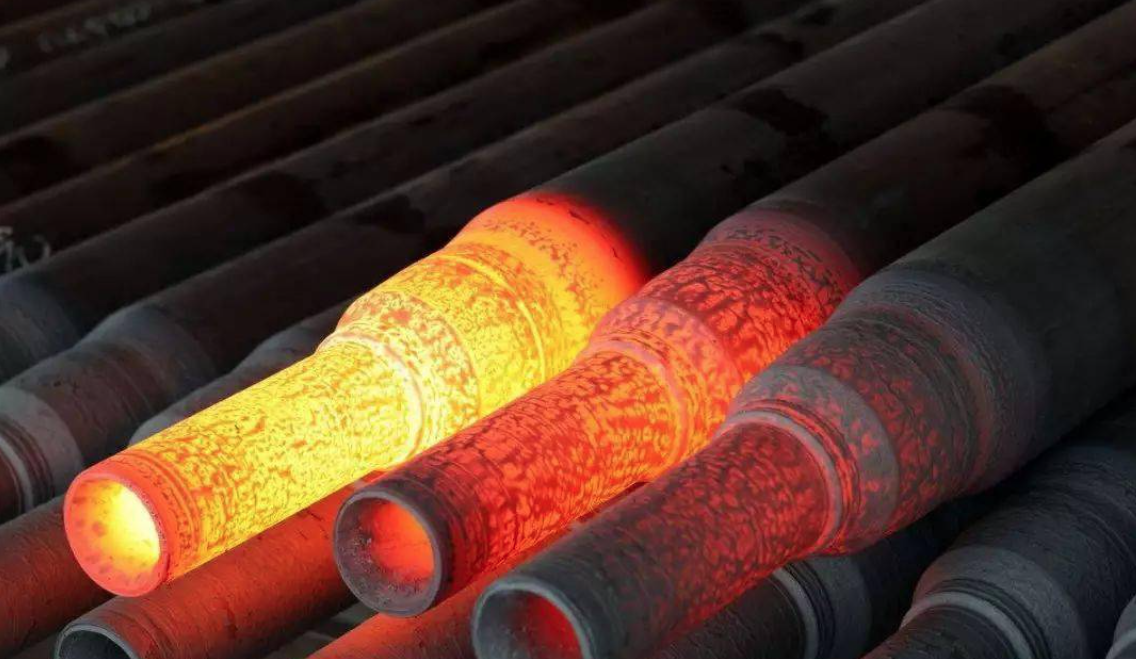Quenching is an important method in metal heat treatment, which changes the physical and mechanical properties of materials through rapid cooling. During the quenching process, the workpiece undergoes stages such as high-temperature heating, insulation, and rapid cooling. When the workpiece is rapidly cooled from high temperature, due to the limitation of solid phase transformation, the microstructure of the workpiece changes, forming new grain structures and stress distribution inside.
After quenching, the workpiece is usually in a high temperature state and has not yet fully cooled to room temperature. At this point, due to the significant temperature difference between the surface of the workpiece and the environment, the workpiece will continue to transfer heat from the surface to the interior. This heat transfer process can lead to local temperature gradients inside the workpiece, meaning that the temperature at different positions inside the workpiece is not the same.
Due to the residual stress and structural changes generated during the quenching process, the strength and hardness of the workpiece will be significantly improved. However, these changes can also increase the brittleness of the workpiece and may result in some internal defects such as cracks or deformation. Therefore, it is necessary to perform tempering treatment on the workpiece to eliminate residual stress and achieve the required performance.
Tempering is the process of heating the workpiece to a certain temperature and then cooling it, with the aim of improving the microstructure and properties produced after quenching. The tempering temperature is generally lower than the quenching temperature, and an appropriate tempering temperature can be selected based on the characteristics and requirements of the material. Normally, the higher the tempering temperature, the lower the hardness and strength of the workpiece, while the toughness and plasticity increase.
However, if the workpiece has not cooled to room temperature, i.e. is still at a high temperature, tempering treatment is not feasible. This is because tempering requires heating the workpiece to a certain temperature and holding it for a period of time to achieve the desired effect. If the workpiece is already at a high temperature, the heating and insulation process will not be possible, which will result in the tempering effect not meeting expectations.
Therefore, before conducting tempering treatment, it is necessary to ensure that the workpiece has been fully cooled to room temperature or close to room temperature. Only in this way can effective tempering treatment be carried out to adjust the performance of the workpiece and eliminate defects and stresses generated during the quenching process.
In short, if the quenched workpiece is not cooled to room temperature, it will not be able to undergo tempering treatment. Tempering requires heating the workpiece to a certain temperature and maintaining it for a period of time, and if the workpiece is already at a higher temperature, the tempering process cannot be effectively implemented. Therefore, it is very important to ensure that the workpiece is fully cooled to room temperature before tempering during the heat treatment process to ensure that the workpiece can achieve the required performance and quality.
Post time: Dec-29-2023





